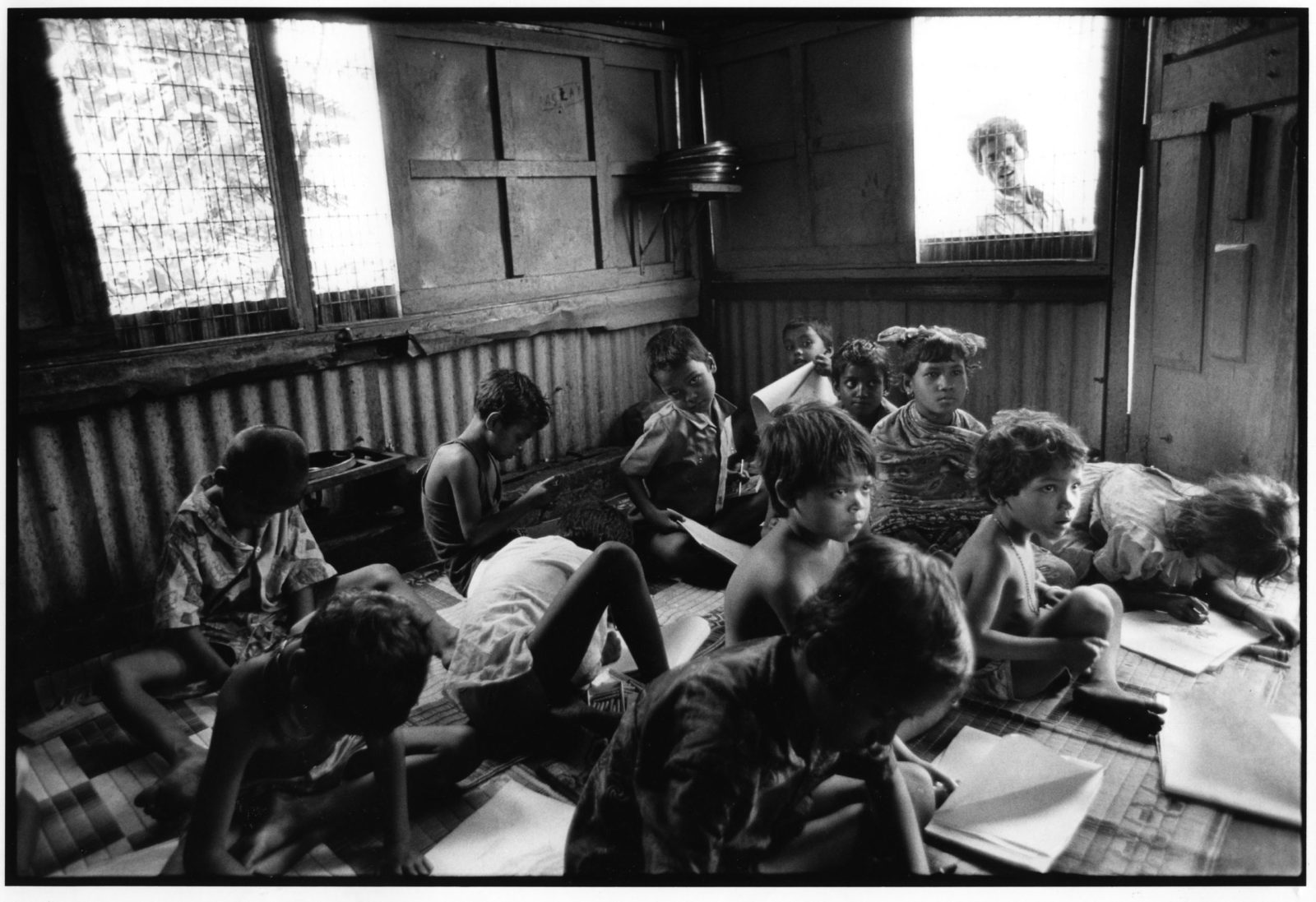“The human population can no longer be allowed to grow in the same old uncontrolled way. If we do not take charge of our population size, then nature will do it for us.”
In the current times, one cannot help but pause and reflect on this alarmingly ominous quote by natural historian and broadcaster David Attenborough. Living in India, home to 1.3 billion people, it is not difficult to catch sight of poverty, income disparity, unemployment, hunger and many such issues that stem from overpopulation.
For urban dwellers, it is the routine experience of squeezing into a bus or a train that is already bursting at the seams with people (pandemic or no pandemic). While for our rural brethren, it is the long queues waiting to fill water or collect ration. The effects of overpopulation are felt every day, everywhere.
Globally, children are shouldering the burden of overpopulation with malnourishment, stunting, climate change and many other long-term ramifications. This World Population Day, we present the many effects of overpopulation faced by India’s children, today.
POVERTY
One of the foremost effects of overpopulation is economic inequality, which swiftly leads to poverty. Families of millions of children, particularly in the current times, are facing the aftereffects of unstable income and a lack of access to social security schemes. Hunger and starvation often expose children to a multitude of other issues like poor mental health, violence and substance abuse.
MALNOURISHMENT
As per the 2020 Global Hunger Index, India ranks 94th out of the 107 countries. To add more perspective to this statistic, as per a 2019 news report, children at a primary school in the state of UP were served salt, instead of vegetables or pulses, along with rotis as their mid-day meal. Chronic poverty, food insecurity, lack of access to reproductive health services and multiple years of drought are some of the overbearing causes of India’s malnutrition crisis—all of which stem from a staggering population.
CHILD LABOUR
When families are impoverished, forced to live under poor conditions with low levels of income and a lack of job diversity, they make the difficult choice of replacing the books and pens in the hands of their children with tools of labour. Child traffickers then employ children in roadside dhabas or factories. Needless to say, child labour strips a child of all of its fundamental rights, while leaving lasting trauma in their minds.
LACK OF ACCESS TO QUALITY EDUCATION
On paper, access to quality education remains an unalienable right of every child; yet, uncontrolled population growth fuelled by poverty has kept India’s children away from pens, books, teachers and classrooms. While at the pre-primary and primary level India features alongside countries like Australia, Austria and Canada in achieving their target enrolments, it is the quality of education that remains questionable. Early responsibilities at home, such as taking up a daily wage job to provide for the family, force many underprivileged children to drop out of schools, compromising on quality education and contributing to illiteracy.
GENDER DISPARITY
57% of girls in India drop out by the time they reach class XI. In 2019, 40% of girls aged between 15 and 18 years had dropped out of school. While the lack of quality education is a daunting issue in India, these numbers highlight that it is much worse for a girl child. Income disparity forces all members of an underprivileged family to step out, work and bring back whatever little they can. In families where both parents and older siblings are off to work, the girl child is either made to sit back home to carry out household chores or is married off early. The taboo around menstruation and lack of hygienic sanitation resources, further keep girls away from schools and higher education.
VIOLENCE AGAINST GIRLS
This inherent gender disparity fuels crimes against the girl child. Deep-rooted issues such as high levels of unemployment combined with a huge amount of economic distress have contributed to unending violence and crime against the girl child. The gender bias begins right when the girl child is in the womb, with India having one of the highest female foeticide incidents in the world.
CLIMATE CHANGE
Lastly, a growing population only exacerbates climate change effects. Climate change plays a role in malnutrition and the rate of stunting among children. To begin with, climate change reduces the nutritional value of staple crops. Furthermore, reports have projected that climate change will increase stunting by 30 percent to 50 percent by 2050. With 49% of India’s land under drought, millions of children and their families are at the risk of falling into poverty and food insecurity.
World Population Day focuses attention on the urgency and importance of population issues. This year, let us draw attention to the effect of overpopulation on those who are poised to live with its ramifications the most—children.





